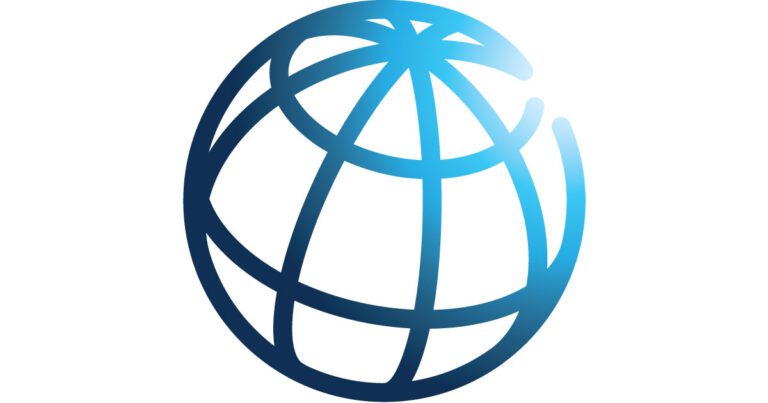In building sustainable communities, the World Bank focuses its work in four areas, led by the Global Urban, Disaster Risk Management, Resilience and Land (GPURL) practice:
Urban planning, services and institutions – Urban development:
The World Bank’s work in urban development aims to building sustainable cities and communities through an inclusive, resilient and low-carbon, productive and livable urbanization process, contributing to the Sustainable Development Goal (SDG) No. 11implementation of New urban agendaas well as the World Bank’s goals to end extreme poverty and promote shared prosperity.
The World Bank invests an average of $6 billion each year in urban development and resilience projects to help cities meet the critical demands of urbanization. The Bank’s urban development strategy focuses on three priorities:
- Financing the new urban agenda
- Promote territorial development
- Improving urban resilience to climate change and disaster risks
The three priorities are translated into six business lines:
- Cities and economic growth
- Urban poverty and inclusion
- Municipal infrastructure and services
- Affordable housing and land
- Urban management, finance and governance
- Cities and urban environment
The Bank works in partnership with the private sector, governments and civil society to build cities and communities that are clean, efficient and resilient to natural disasters, and to create competitive economies that provide new types of jobs for people and ensure that everyone, especially the poorest, can benefit.
For more information, see www.worldbank.org/urban
Mainstreaming Resilience – Disaster Risk Management:
Disasters hit the poor and most vulnerable the hardest. From 1995 to 2014, 89% of storm-related deaths occurred in low-income countries, even though these countries experienced only 26% of storms. The impact of disasters will continue to grow as climate change increases the frequency and intensity of extreme weather events.
Over the past decade, the World Bank has become the global leader in disaster risk management (DRM), helping client countries assess their exposure to hazards and address disaster risks. It provides technical and financial support for risk assessment, risk reduction, preparedness, financial protection and resilient recovery and reconstruction.
For more information, see www.worldbank.org/disaster
Territorial and rural development – Land and geospatial:
Land is at the center of many development challenges. Estimates suggest that around 30% of land rights are registered or recorded worldwide. The World Bank works to combat land insecurity through land administration projects, analytical work and technical assistance. The World Bank actively works with countries and partners around the world to ensure women’s equal access and guaranteed rights to land and property. The World Bank also supports the land rights of smallholders and indigenous peoples, internally displaced people and refugees.
The World Bank is working on land tenure, land and geospatial infrastructure and systems in dozens of countries around the world, with an investment of approximately $1.5 billion in commitments, impacting millions of landowners in Africa, Asia, Eastern Europe and Central Asia. , Latin America, Middle East and North Africa.
The World Bank is increasingly working to open up land and geospatial data sets to accelerate growth. The Bank is also preparing a “Global Land 2030 Initiative” to strengthen country commitment and mobilize resources to achieve ambitious goals for securing land and property rights by 2030.
For more information, see www.worldbank.org/land


